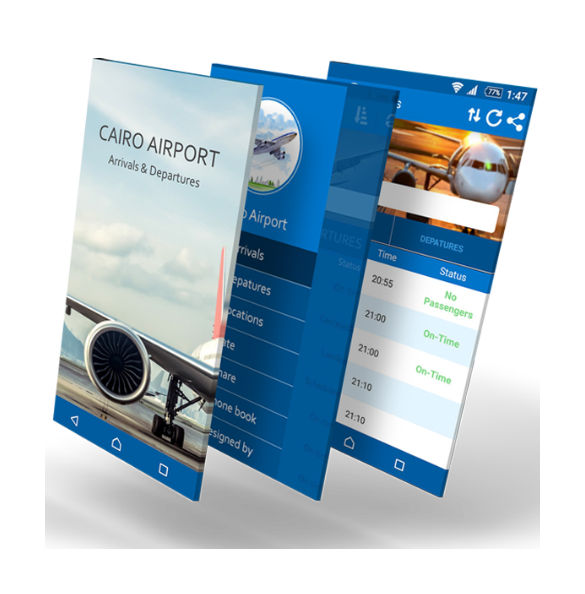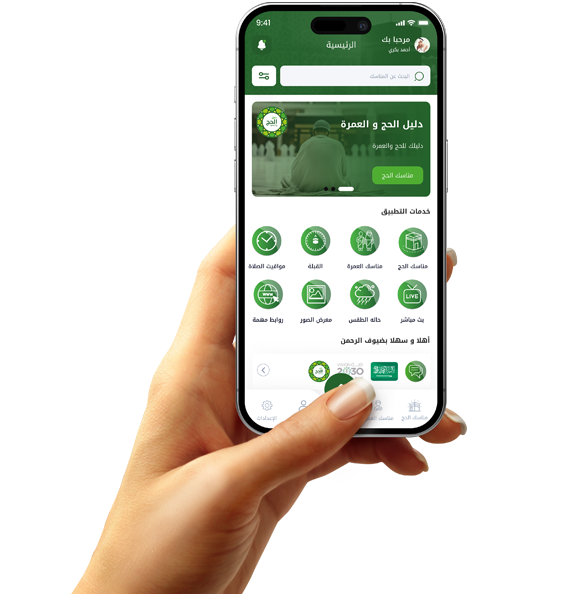One app serves every market

A unified yet flexible platform: The secret to an app that serves everyone
When you think about building an app that serves every market, you might imagine it will be complex or feature-packed, but the truth is that the secret lies in flexible simplicity. A successful app doesn't overload functionality; rather, it intelligently organizes it so that each user feels it's designed just for them, regardless of their market.
The basic structure of the app must be robust and extensible, enabling it to be linked to submodules dedicated to each sector. For example, the food sector needs delivery options and product reviews, while the education sector needs schedules and interactive content. However, the app remains the same without the need for multiple versions.
Interactive design is what connects these categories. The interface must be interchangeable based on market data, while maintaining a consistent user experience. This means that users will feel comfortable navigating within the app, regardless of the industry they're using it for.
Also, it's important to integrate an intelligent system for analyzing usage data, which learns from each user's behavior to show them what's most relevant to them. This not only improves user experience, but also enhances business performance and increases conversion and sales rates.

How do you make your app serve every market without confusing the user?
At first, the idea of "one app for every market" seems ambitious and perhaps complex, but it is achievable if approached with balance. The real challenge lies not in building features that serve multiple areas, but in presenting them to the user without feeling lost or distracted. How do you make an app comprehensive and diverse, yet simple and clear to use?
The answer lies in organizing content and functionality in a logical and filterable manner. The user should be able to directly select what they want from the app, whether by selecting a market, specifying interests, or even through an intelligent system that recognizes their uses and adjusts the interface accordingly.
In-app menus should be flexible. Instead of cramming all categories into the user's face, an adaptive UI can be adopted, which changes its appearance based on the type of target market. For example, if you're a user searching for real estate services, you don't need to see clothing or education offers, and vice versa.
It's also essential to have a powerful in-app search engine that supports precise filtering by market, price, location, and specifications. This makes it easier for users to quickly find their target, despite the multiple markets within the app.
Another crucial element is the user experience when they first access the app. It should include simple questions to identify the market or interest, which guides the content and personalizes the journey from the start.

From Dream to Reality: One App Serving Multiple Markets Efficiently
The idea has always been that each market needs its own dedicated app. Today, however, the equation has changed. It is now possible to build a single app that serves multiple markets without losing its efficiency or creating a confusing user experience. This idea is no longer a fantasy; it is a reality that many companies are successfully implementing through smart technologies and flexible software engineering.
A successful launch begins with a modular architecture. This approach allows for the creation of customized sections within the app that can be enabled or hidden according to the needs of the user and the target market, without affecting the functionality of the other components.
However, the crucial aspect is dynamic content customization. The app must recognize the market the user is entering and deliver a tailored experience in terms of language, currency, design, and content. This is all done automatically, without the user requiring any manual settings.
One of the greatest benefits of this model is reduced development and maintenance costs. Instead of building multiple separate apps, you can manage a single platform that encompasses all markets. Not only does this save money, it makes product improvement faster and more efficient, because you're working on one unified foundation.

One App Connects You to All Markets Instantly
In a time of accelerating digital innovation, it's imperative to consider more integrated solutions. One of the most powerful of these solutions is a single app that can connect users to multiple markets without having to navigate multiple platforms. This isn't just a technical idea; it's a strategic vision that gives companies tremendous potential for growth and expansion.
The idea begins with creating an app that doesn't serve just one category, but rather incorporates a flexible architecture that allows it to connect users to multiple services and products, whether e-commerce, professional services, bookings, or even education. All within a single, easy-to-use interface.
This model provides the user with a seamless experience, ensuring they never feel like they're leaving the market they're interested in. Once they enter the app, they can choose the market they want—electronics, home services, or medical equipment—without having to download a separate app for each.
Technically, this type of app relies on what's known as "smart modules," meaning each market is considered an independent unit in terms of data, services, and offerings, but all managed through a single central system. This facilitates maintenance, updates, and quality control.
In terms of profitability, this approach offers multiple income opportunities, as each in-app market represents an additional source. This not only boosts revenue, but also raises the valuation of the project as a whole when considering future investments.















